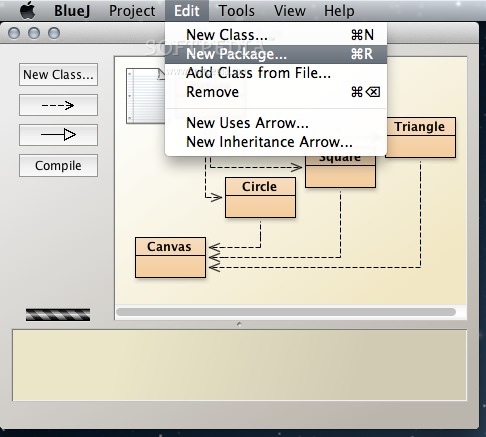

The myth of Pygmalion, king of Cyprus, tells of a lonely man who sculpted his ideal woman, Galatea, from ivory, and promptly fell in love with her after the goddess Aphrodite brought her to life. Another legend has Hephaestus being commanded by Zeus to create the first woman, Pandora, out of clay. In Book 18 of the Iliad, Hephaestus the god of all mechanical arts, was assisted by two moving female statues made from gold – "living young damsels, filled with minds and wisdoms". From 600 BC onward, legends of talking bronze and clay statues coming to life have been a regular occurrence in the works of classical authors such as Homer, Plato, Pindar, Tacitus, and Pliny.The woman forged out of gold in Finnish myth The Kalevala ( prehistoric folklore).See also: Robots in literature 19th century and earlier

(Rossum's Universal Robots), written in 1920 and first performed in 1921. The word "robot" itself comes from a work of fiction, Karel Čapek's play, R.U.R. Robots and androids have frequently been depicted or described in works of fiction. It shows how the concept has developed in the human imagination through history. This list is intended for all fictional computers which are described as existing in a humanlike or mobile form. It includes all depictions of robots, androids and gynoids in literature, television, and cinema however, robots that have appeared in more than one form of media are not necessarily listed in each of those media. This list of fictional robots and androids is chronological, and categorised by medium. ( Learn how and when to remove this template message)

( May 2018) ( Learn how and when to remove this template message) Statements consisting only of original research should be removed. Please improve it by verifying the claims made and adding inline citations. This article possibly contains original research.


 0 kommentar(er)
0 kommentar(er)
